
As the construction industry continues to evolve, safety remains a prominent concern. In 2024, visionary technologies are revolutionizing how construction companies approach worker safety, project management and efficiency.
This article explores the eight cutting-edge advancements reshaping the construction landscape, offering insights into how these inventions are enhancing safety measures and transforming traditional practices.
Wearable Technology
Wearable technology has emerged as a game-changer in construction safety. Smart helmets, vests and glasses with sensors and communication devices are becoming increasingly common on job sites. These high-tech wearables offer a range of safety-enhancing features, including:
- Real-time monitoring of workers’ vital signs.
- Detection of hazardous conditions in the immediate environment.
- Instant communication of safety alerts to workers and supervisors.
One of the most significant advantages of wearable tech is its ability to prevent accidents before they occur. For instance, smart hard hats can detect signs of fatigue and alert workers when it’s time to take a break, potentially preventing accidents caused by exhaustion.
Additionally, wearable devices are now being integrated with proximity sensors, allowing them to alert workers of potential collisions with equipment. This technology is helpful in busy construction sites where heavy machinery and workers are constantly moving. Some advanced wearables can even track and monitor lone workers, providing extra safety for those working in isolated areas.
Drones
Unmanned Aerial Vehicles (UAVs), commonly known as drones, have soared in popularity within the construction industry. Their applications in safety management are diverse and impactful. These include aerial surveys for comprehensive site inspections, monitoring work progress from a bird’s-eye view and assessing potential hazards in hard-to-reach areas.
Drones equipped with high-resolution cameras and thermal imaging capabilities can identify safety issues that might be overlooked from ground level. In 2022, 59% of work zone fatalities happened in a construction zone, highlighting the critical need for improved safety measures. This technology can help address this by providing real-time work zone surveillance and alerting managers to potential dangers before they escalate into accidents.
Drones are now also used for more specialized tasks, such as structural inspections of tall buildings or bridges, reducing the need for workers to physically access dangerous areas. They can also be employed in emergency response situations, quickly assessing damage and identifying safe routes for workers and first responders.
Artificial Intelligence and Machine Learning
AI and machine learning are at the forefront of predictive analysis in construction. These technologies can do the following:
- Analyze vast amounts of data to identify patterns and potential safety risks
- Predict equipment failures before they occur, preventing accidents
- Optimize work schedules to reduce fatigue-related incidents
Leveraging AI and machine learning allows construction companies to proactively approach safety management, addressing potential issues before they manifest into real-world problems.
AI-powered systems can continuously monitor site conditions, worker behaviors and equipment performance, learning from each project to improve safety predictions for future ones. These systems can also analyze historical accident data to identify common risk factors and suggest targeted preventive measures.
Augmented Reality (AR) and Virtual Reality (VR)
AR and VR technologies are transforming safety training in the construction industry. These immersive technologies allow workers to practice handling dangerous scenarios in a risk-free virtual environment and visualize potential hazards in a simulated jobsite setting.
VR and AR also enable hands-on training for complex tasks without real-world consequences, providing a realistic yet safe training environment. They reduce the risk of on-the-job accidents caused by inexperience or lack of proper training. These technologies also allow for the continuous reinforcement of safety protocols, ensuring that workers remain up-to-date with the latest safety practices.
AR is beneficial on active construction sites. Workers wearing AR-enabled smart glasses can receive real-time information about their surroundings, including potential hazards, safety reminders and step-by-step instructions for complex tasks. This technology can also overlay digital information onto physical structures, helping workers identify hidden risks such as the location of electrical wiring or gas lines.
Exoskeletons
Exoskeletons are emerging as a powerful tool to enhance worker safety and productivity in construction. These wearables support and augment workers’ physical capabilities, reducing the risk of musculoskeletal disorders and injuries associated with repetitive or strenuous tasks.
Key benefits of exoskeletons in construction include:
- Reduced physical strain on workers during lifting and carrying tasks.
- Increased endurance for tasks requiring prolonged standing or overhead work.
- Prevention of repetitive stress injuries.
Exoskeletons can reduce the physical toll on workers by supporting various body parts and assisting with heavy lifting, potentially leading to fewer injuries and longer, healthier careers in construction.
Robotics and Automation
Robotics and automation are handling dangerous or repetitive construction tasks, reducing human exposure to potential hazards. Applications include automated bricklaying and welding, remote-controlled demolition robots and autonomous vehicles for material transportation.
Electrical work remains one of the most hazardous aspects of construction, with strict safety protocols governed by the National Electric Code. Robotics can assist in high-risk electrical tasks, minimizing human exposure to potentially life-threatening situations.
Robotics is also used in other hazardous areas. For instance, robotic systems are now being used for asbestos removal, reducing worker exposure to this dangerous material. Autonomous construction vehicles can operate in unstable or contaminated environments, further enhancing worker safety.
Building Information Modeling (BIM)
BIM technology is revolutionizing how construction projects are planned and executed, with major safety implications. Some examples include:
- Creation of detailed 3D models to identify potential safety hazards before construction begins.
- Simulation of construction processes to optimize safety protocols.
- Real-time collaboration among project stakeholders to address safety concerns promptly.
BIM can also be used to create detailed safety plans, including the placement of safety equipment, emergency exits and first aid stations. The BIM model can be updated as the project progresses, ensuring all stakeholders can access current safety information.
By integrating safety considerations into the earliest stages of project planning, BIM helps create a safer work environment throughout the construction process.
Internet of Things
The Internet of Things (IoT) is transforming construction sites into interconnected ecosystems of smart devices and sensors. This network enhances safety with several features, such as:
- Real-time equipment monitoring conditions to prevent malfunctions.
- Environmental sensors to detect hazardous conditions such as toxic gas leaks or excessive noise levels.
- Wearable devices that communicate with site infrastructure to track worker locations and ensure they’re not in danger zones.
IoT technology allows for intelligent construction sites where safety hazards can be immediately identified and addressed. For example, IoT-enabled machinery can automatically shut down if a worker enters a dangerous area or alert supervisors if unsafe operating conditions are detected.
Embracing Innovation in Construction to Build a Safer Future
The construction industry is witnessing a safety revolution driven by technological innovation. From wearable tech to AI-powered analytics, these advancements are improving safety standards and enhancing project efficiency and quality.
Integrating these technologies will be crucial for construction companies aiming to create safer work environments and achieve operational excellence. Embracing these innovations allows the construction industry to build a future where safety and productivity go hand in hand.
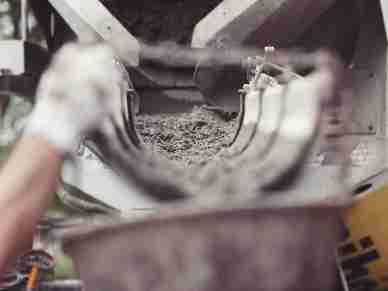

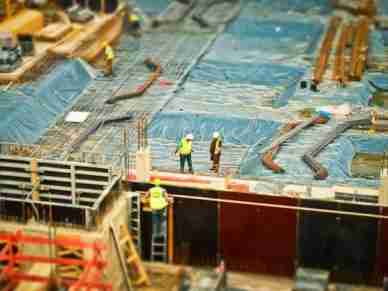
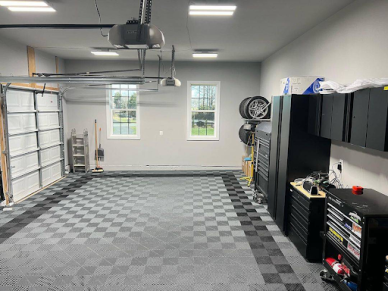
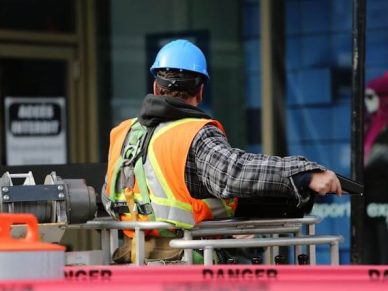
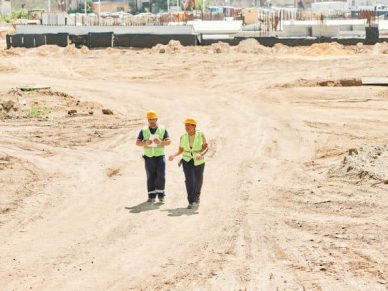
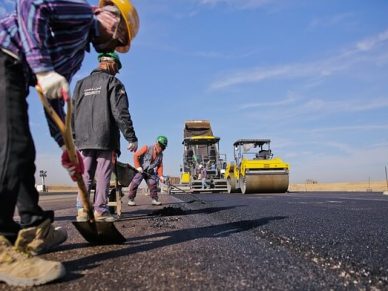

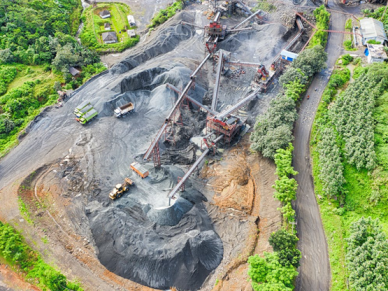






Leave a Reply